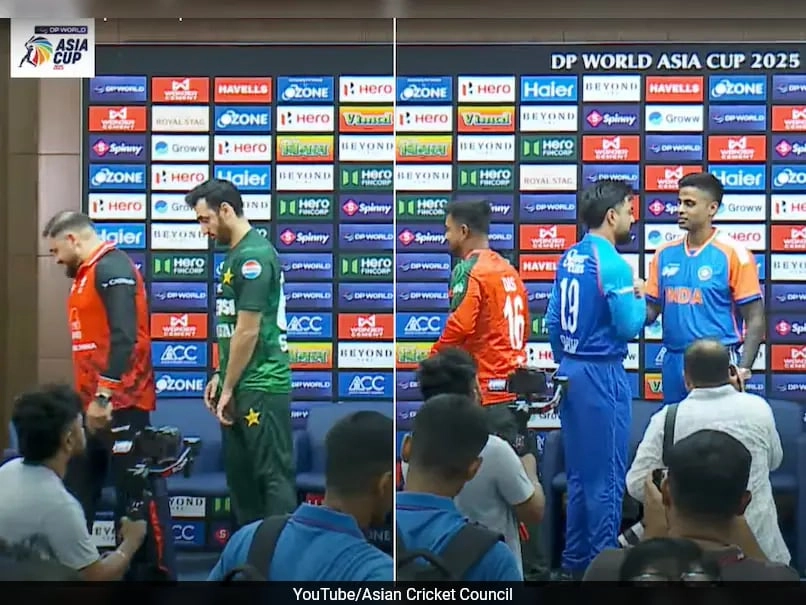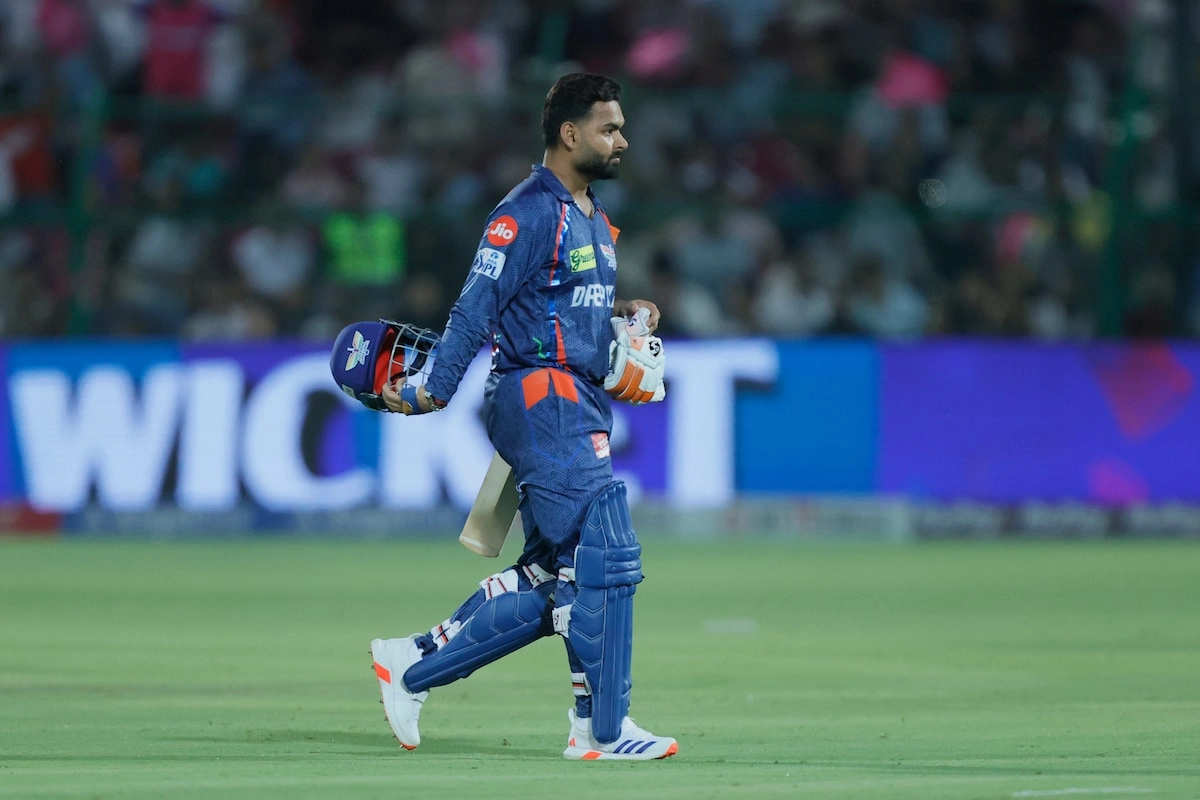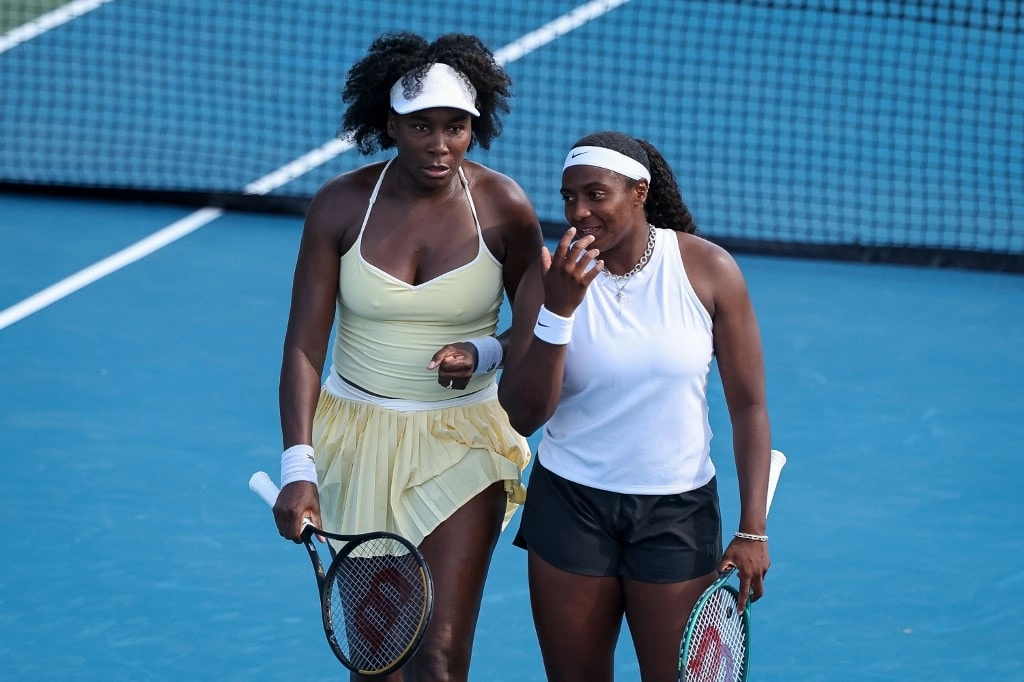The joint press conference held by the captains of India and Pakistan for the Asia Cup 2025 took an unexpected turn, as traditional gestures of sportsmanship such as handshakes and hugs were notably absent. This year, the tensions that have historically characterized the relationship between the two cricketing nations were palpable, casting a shadow over an event that is typically a celebration of sportsmanship and camaraderie. As the leaders of two of the cricketing world’s fiercest rivals took to the podium, the atmosphere was thick with anticipation, yet fraught with the weight of their respective national sentiments.
During the press conference, the captains maintained a professional demeanor, focusing on their teams, strategies, and the significance of the tournament. However, the lack of customary physical greetings highlighted the underlying tensions that persist between India and Pakistan, both on and off the cricket field. Each captain articulated a desire for success in the tournament, emphasizing their commitment to their teams and the importance of the Asia Cup in fostering competitive spirit. Yet, it was evident that the historical context of their rivalry loomed large over their interactions, reminding the audience that sport, while a unifying force, can also be a reflection of broader geopolitical realities.
The absence of handshakes and hugs served as a poignant reminder of the complexities that define the India-Pakistan relationship. Cricket has often been seen as a bridge between the two nations, with matches drawing huge audiences and fostering a sense of shared identity among fans. However, the reality of their strained ties often seeps into these interactions, making it difficult for the players to wholly embody the spirit of unity that sports can inspire. As they addressed the media, the captains managed to convey their competitive spirit, but the unspoken acknowledgment of their differences lingered in the air, a testament to the difficult history that shapes every encounter between them.
As the Asia Cup approaches, fans and analysts alike will be watching closely, not only for the matches that will unfold but also for the dynamics between the two teams. Will the absence of physical gestures signify a deeper divide, or will the thrill of competition spark moments of sportsmanship that transcend their historical grievances? The world of cricket holds its breath, eager to see if the passion for the game can pave the way for a more positive narrative, one where the spirit of competition and mutual respect can ultimately triumph over rivalry. The Asia Cup 2025 stands as a crucial moment in this narrative, with the potential to redefine how these two cricketing giants engage with one another both on and off the field.




